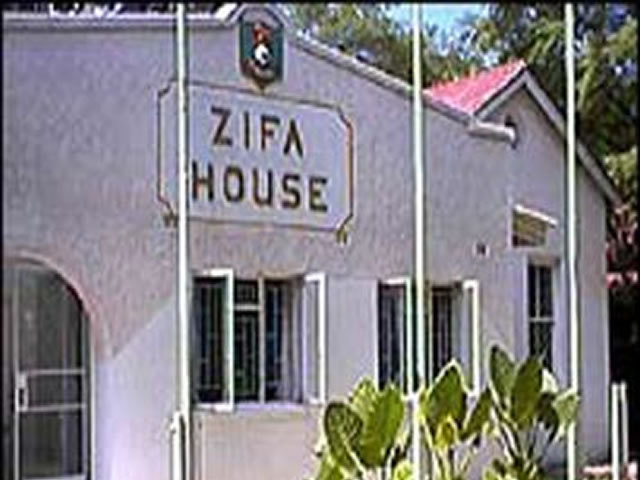StanChart mulls shutting small branches

Africa Moyo Business Reporter
ZIMBABWE’S oldest commercial bank, Standard Chartered Bank, is considering shutting down an undisclosed number of its branches in small towns as it moves to contain costs particularly as transactions have largely gone electronic, The Herald Business can reveal. Reliable sources said Standard Chartered Bank is targeting branches in small towns where business is low due to various reasons including waning use of the formal banking system.
“Rumours doing the rounds are that StanChart wants to close some of its small town branches countrywide, thus negating its pay-off line, ‘Here for Good’,” said the source.
In emailed responses, Standard Chartered head of corporate affairs and brand and marketing — Zimbabwe, Ms Lillian Hapanyengwi, could neither confirm nor deny the allegations. She said as the bank’s clients and the rest of the world go digital, and its branch transaction traffic decreases, “we are always evaluating how we should reformat our current channels to deliver the most efficient service to our clients”.
“Standard Chartered is leveraging the growth of digital banking and we are currently investing in and enhancing our mobile and online infrastructure. We also recently invested in upgrading ten of our branches across nine cities and refurbished them to world class standards. We continue to evaluate our strategy in line with the external environment and client needs and at times this may lead to job losses but our aim is to redeploy impacted staff wherever possible,” said Ms Hapanyengwi.
StanChart, which set up office in Zimbabwe in 1892 — has smaller branches in Chiredzi, Masvingo, Kadoma and Hwange. Zimbabwe Banks and Allied Workers Union (Zibawu) general secretary Mr Shepherd Ngandu, said he had also heard of rumours that StanChart is considering closing some banks.
“These developments at StanChart are at variance with the fact that it is one of the top performing banks in the country. In our view, such moves could be motivated by profit maximisation without due consideration to economic realities on the ground,” said Mr Ngandu.
StanChart posted a 13,04 percent rise in profit after tax to $6,83 million for the half-year period, driven by cost and credit loss containment initiatives at a time when revenue growth is subdued. Bankers Association of Zimbabwe (BAZ) president Dr Charity Jinya, told The Herald Business in emailed responses that banks would indeed shed some staffers going forward. In the short-term, Dr Jinya said banks are remodelling their operations in the face of electronic banking to avoid wholesale job losses.
“Banks are continually remodelling their businesses around new technologies and innovations. It is conceivable therefore that the widespread adoption of more efficient ICT technologies will in future necessitate the realignment of staffing levels. However, in the short-term, staff cut backs are not usually adopted as a solution as it is more optimal for banks to retrain and reassign staff to other roles in a manner that increases service quality and convenience for the banking public,” said Dr Jinya.
Dr Jinya said the increased use of e-banking platforms by depositors is accompanied by a greater need for call centres, which employ human resources and improve service quality. Since 2012, the banking sector has lost 2000 workers from 6000 due to bank closures. Reserve Bank of Zimbabwe Governor Dr John Mangudya, insists that the banking sector remains sound and there is no need for depositors to panic.
In the half year to June 30, 2017, net profit in the banking sector skyrocketed to $100,6 million, representing a staggering 48 percent spike from $69 million reported in comparative period. To put in into perspective, 18 out of 19 operating banking institutions posted profits during the first six months of the year.












Comments